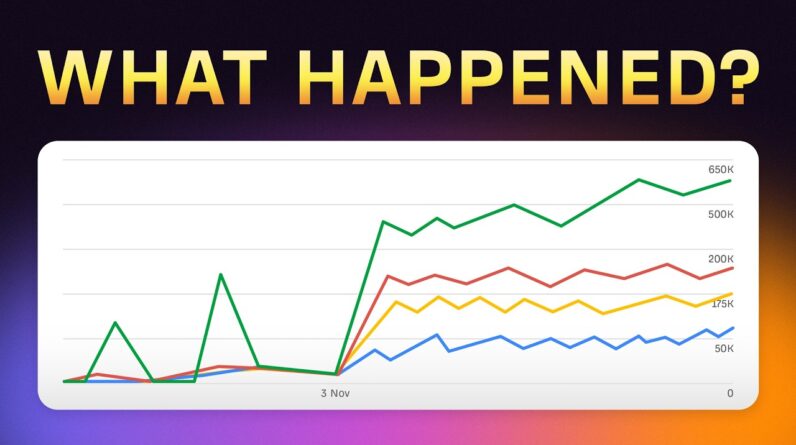
When optimizing a website for search engines, one crucial aspect that cannot be overlooked is the strategic placement of internal links. The effectiveness of internal linking in enhancing a website’s SEO performance is undeniable. This article explores why optimizing for internal links matters and how it can significantly impact the overall visibility and ranking of a website in search engine results.
Why Optimizing for Internal Links Matter for Your Website’s SEO
Introduction
When it comes to boosting your website’s SEO, internal linking is a crucial aspect that often gets overlooked. Many website owners focus solely on external backlinks, neglecting the significant impact that internal links can have on their site’s ranking and overall user experience. In this review, we will delve into the importance of optimizing internal links for SEO and how it can benefit your website’s performance.
The Power of Internal Links
Internal links are links that connect one page of a website to another page within the same domain. These links not only help search engine crawlers navigate and index your site more efficiently but also establish a hierarchy and structure that enhances user experience. By strategically placing internal links throughout your content, you can guide users to relevant pages, increase time spent on your site, and reduce bounce rates.
Benefits of Internal Links for SEO
-
Improved Site Ranking: Internal links can boost your site’s ranking in search engine results by spreading ranking power and authority across different pages.
-
Effortless Implementation: Adding internal links to a website is a straightforward process that can be done effortlessly, especially with the help of SEO tools like Rank Math.
-
Enhanced User Navigation: Internal links help users navigate a website easily, leading them to relevant content and encouraging further exploration.
-
Reduced Bounce Rates: By providing users with more pathways to explore your site, internal links can improve user engagement and lower bounce rates.
-
Optimized Anchor Text: Using relevant anchor text for internal links is crucial for SEO as it provides context to search engines about the linked content.
Conclusion
In conclusion, optimizing for internal links is a fundamental aspect of SEO that should not be overlooked. By strategically incorporating internal links throughout your website, you can improve site ranking, enhance user experience, and drive organic traffic. Remember, internal linking is not just beneficial for search engines but also plays a significant role in guiding users through your website seamlessly.
FAQs
-
How do internal links improve a site’s ranking in search engine results?
Internal links help distribute ranking power and authority across different pages of a website, signaling to search engines the importance of specific content. -
What is the significance of using relevant anchor text for internal links?
Using relevant anchor text for internal links is crucial for SEO as it provides context and signals to search engines about the linked content’s relevance. -
Can internal linking help reduce bounce rates on a website?
Yes, internal links can encourage users to explore more pages on a website, thus reducing bounce rates and increasing overall user engagement. -
Are internal links beneficial only for search engines or users as well?
Internal links benefit both search engines and users by improving site ranking, enhancing user experience, and guiding users to relevant content. -
How can Rank Math SEO assist in optimizing internal links for a website?
Rank Math SEO provides tools and features that can help website owners streamline the process of adding internal links, optimizing anchor text, and improving overall SEO performance.






